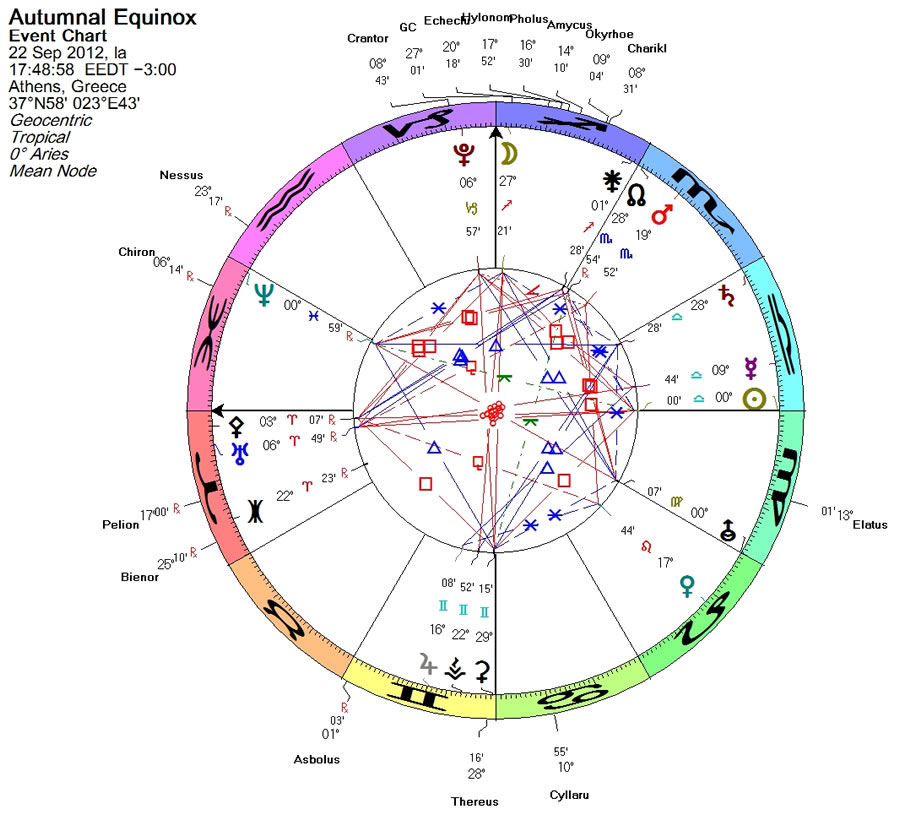

Whether that means snow storms or heat waves depends on the hemisphere. The equinox marks the change of seasons, as the balance of light shifts to make for longer days or nights. They are closest in January, and most distant in July (aphelion). The dates of the equinoxes and solstices aren't fixed due to the Earth's elliptical orbit of the sun. This year, the autumn equinox takes place 23 September. In a year there are two equinoxes (spring and autumn) and two solstices (summer and winter).

Solstices and equinoxes mark key stages in the astronomical cycle of the earth. In reality though, equinoxes do not have exactly 12 hours of daylight. Since night and day are nearly exactly the same length – 12 hours – all over the world the event is called the equinox, which literally means 'equal night' in Latin (equi – equal, and nox – night). Here is everything you need to know about the changing seasons, from how the equinox works to what you can look forward to over the coming months. Scott Fitzgerald.Īccording to the astronomical calendar, the seasonal transition occurs on 23 September, the date of the Autumn equinox. However under the meteorological definition, which is based on the Gregorian calendar, autumn began on 1 September. When leaves begin to fall, temperatures drop and days become shorter, it can only mean autumn is here - and brings with it home comforts, bronzed woodland hues and a pumpkin or two.įor many, autumn is enjoyable because of its festivals and the sense that "life starts all over again when it gets crisp in the fall", if you're of the same opinion as F.


 0 kommentar(er)
0 kommentar(er)
